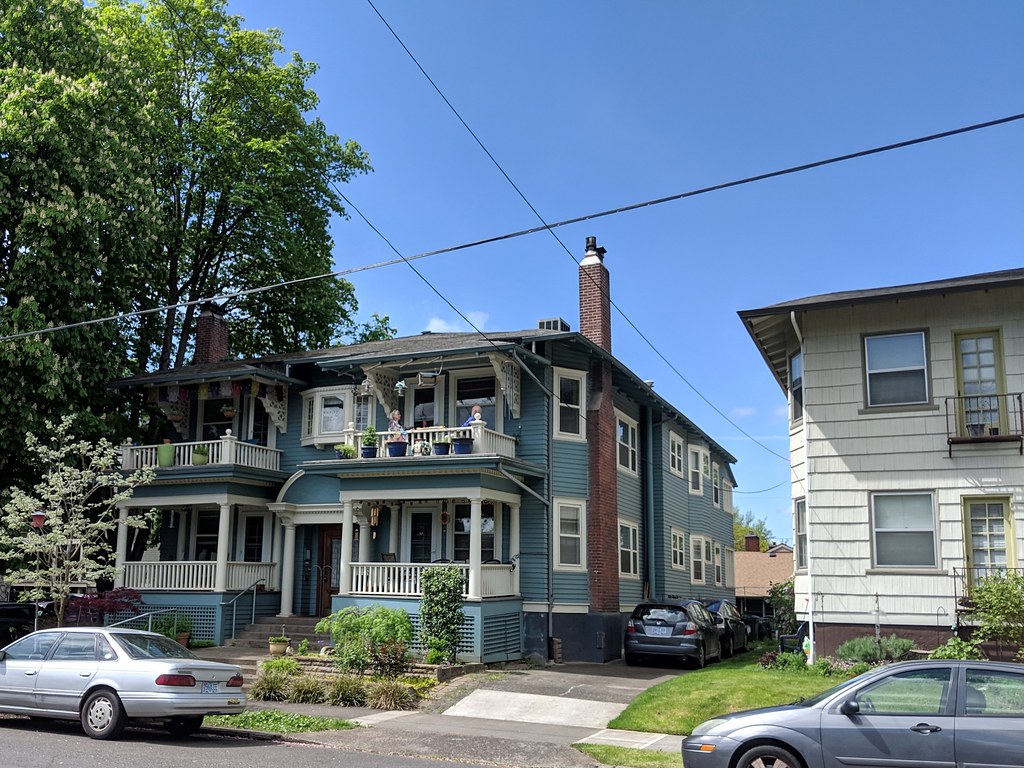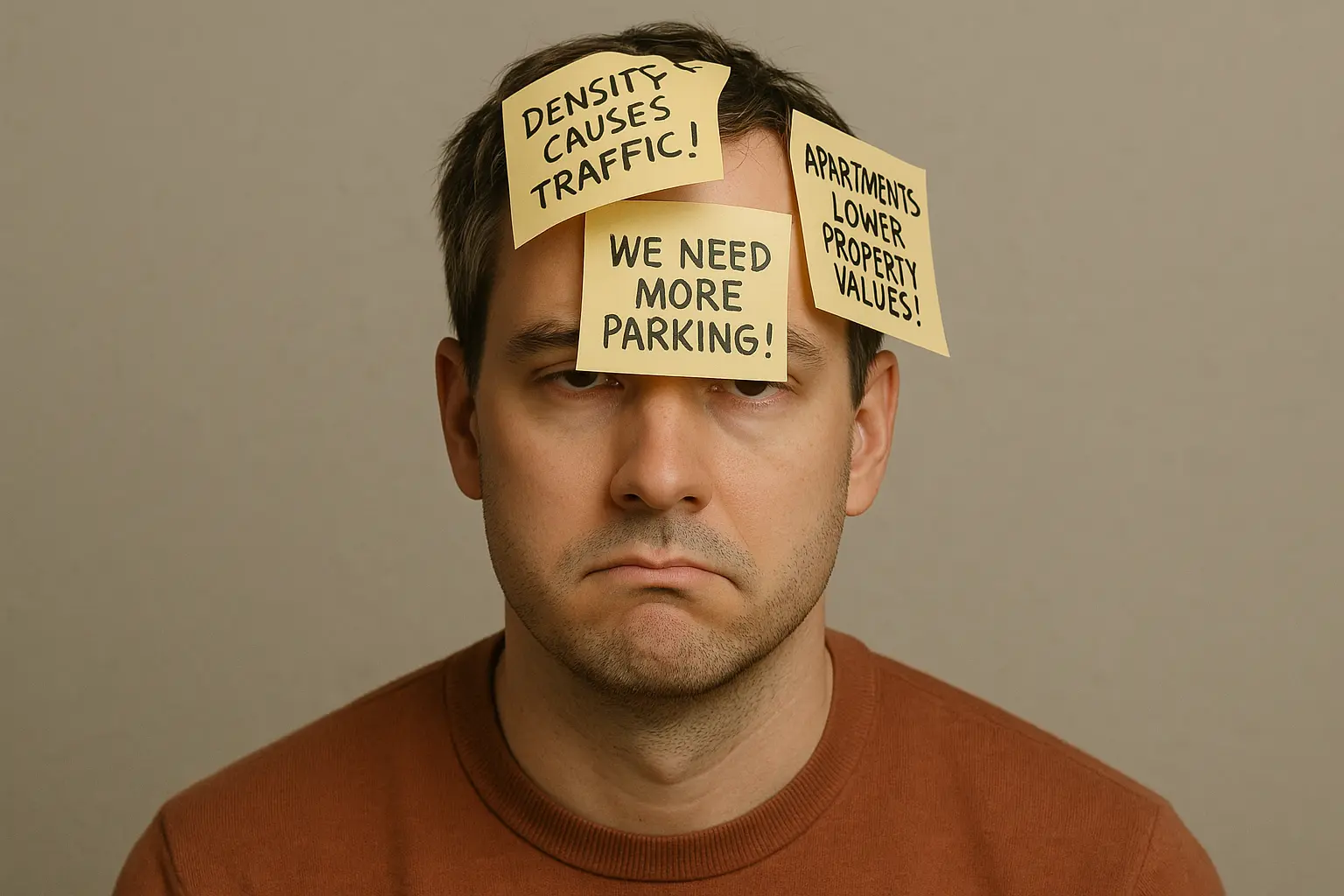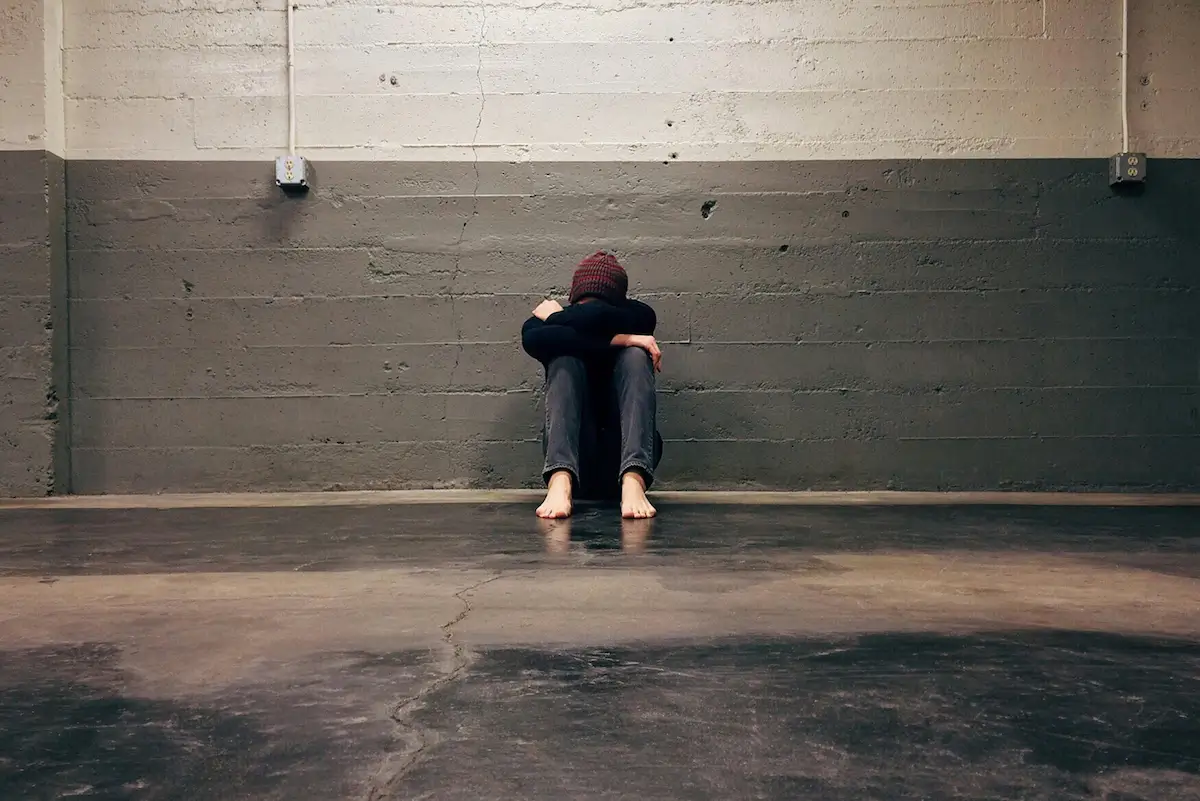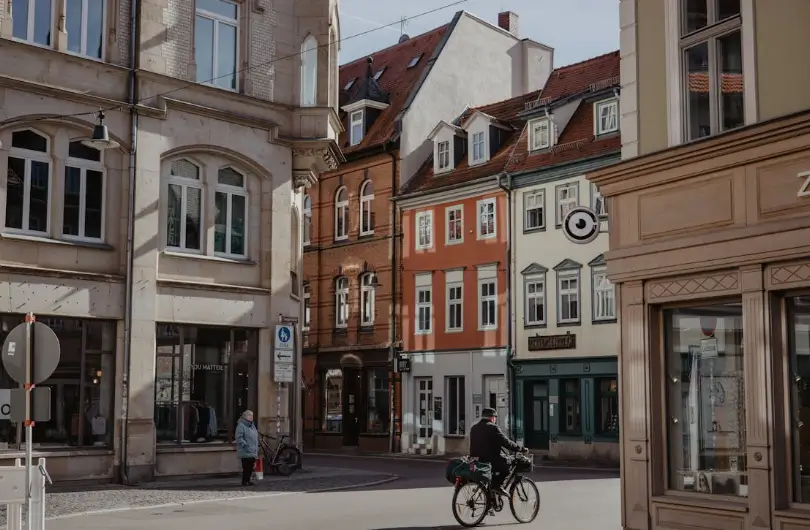Zoning Myths That Just Won't Die
Zoning has been around for over a century, and with it, a whole ecosystem of myths, half-truths, and assumptions. And the worst part of it?....these myths are everywhere, and they affect almost everything we do (whether we realize it or not).
Some of these myths are based on outdated policies. Others are rooted in fear, nostalgia, or misinformation. But they keep showing up in public meetings, Facebook, threads, and sometimes even policy discussions.
Here are a few of the most persistent zoning myths (and what are actually true).
Which of these do you recognize?
1. "Zoning has always been like this"
NOPE. Zoning codes have changed dramatically over time, and many of today's rules were shaped by mid-20th century. Planning ideas that prioritized cars, separation, and exclusivity are in perspective, quite modern. Before that? Cities were often more mixed and flexible than they are now.
2. "Single-family zoning protects neighborhoods."
Another NOPE. Single-family zoning protects A version of a neighborhood, often at the expense of affordability, diversity, and accessibility. Zoning that allows only one type of housing limits options (especially when one lot is one acre...you can fit a lot in one acre) and drives up prices.
3. "More density means more crime."
This one refuses (but needs to) die. There's simply no solid evidence to back this up. Crime is complex and tied to many factors. Simply adding housing, especially well-designed, well-located housing, doesn't equate danger.
4. "We don't need zoning reform because we already have enough housing."
Enough for who exactly? Housing shortages vary by type, price point, and location. Just because there are units somewhere doesn't mean they're where people want, or can afford, to live. That's like saying "We have enough cars for everyone" yet each "car" is 100K dollars and above and a five door, trail stomping SUV.
5. "Allowing apartments will ruin the neighborhood."
Only if you believe that diversity in housing=decline (see point 3). In reality, apartments, especially smaller-scale ones like duplexes and triplexes, have existed in neighborhoods for generations without issue. In fact, some can be so designed that they look like any other single family home.

6. "If it's in the code, it must be good."
Not neccessarily. Codes are written by people. And people are shaped by their moment in history. Plenty of outdated, biased, or just outright impractical rules are still on the books, and reforming them is part of good planning.
Zoning can be a powerful tool, but only if we separate facts from fiction. Otherwise, it can do significantly more harm than good. It's importat to bust the myths, question the zssumption, and get real about what zoning actually does and what it should do.
Have you heard of any other myths that should be included in this list? Let me know! Would love to write part two :)
%20(1200%20x%20237%20px)%20(300%20x%2059%20px).webp)


.webp)


